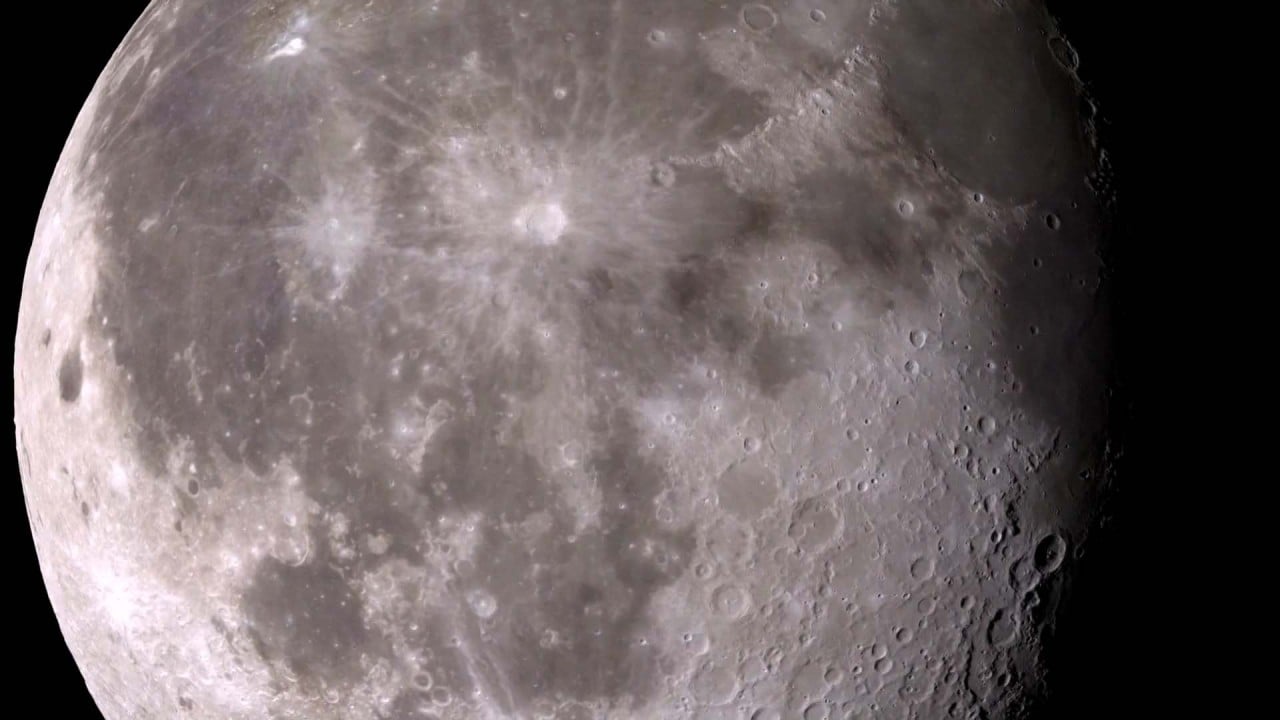Published: 2:00am, 6 Sep 2024Updated: 2:30am, 6 Sep 2024
Lunar samples brought to Earth by a Chinese probe have provided new evidence that volcanoes on the moon continued erupting until as recently as 120 million years ago, when dinosaurs roamed the planet.
Advertisement
The analysis by Chinese researchers not only challenges long-held assumptions about the moon’s geological evolution, but also adds to scientific debate about the thermal evolution of other planetary bodies and the question of how planets cool.
The findings were published in the peer-reviewed journal Science on Friday by Professor Li Qiuli and his team from the Institute of Geology and Geophysics at the Chinese Academy of Sciences (IGGCAS).
It had generally been assumed that the moon cooled soon after it formed 4.5 billion years ago, and that its volcanic activity ended around 2.8 billion years ago. However, more recent observations have led planetary scientists to speculate that the moon’s volcanic activity had continued much longer.
In 2021, Li took part in an IGGCAS study of lunar soil samples retrieved by China’s Chang’e-5 mission earlier that year that showed the material – basalt clast – was 2 billion years old.

